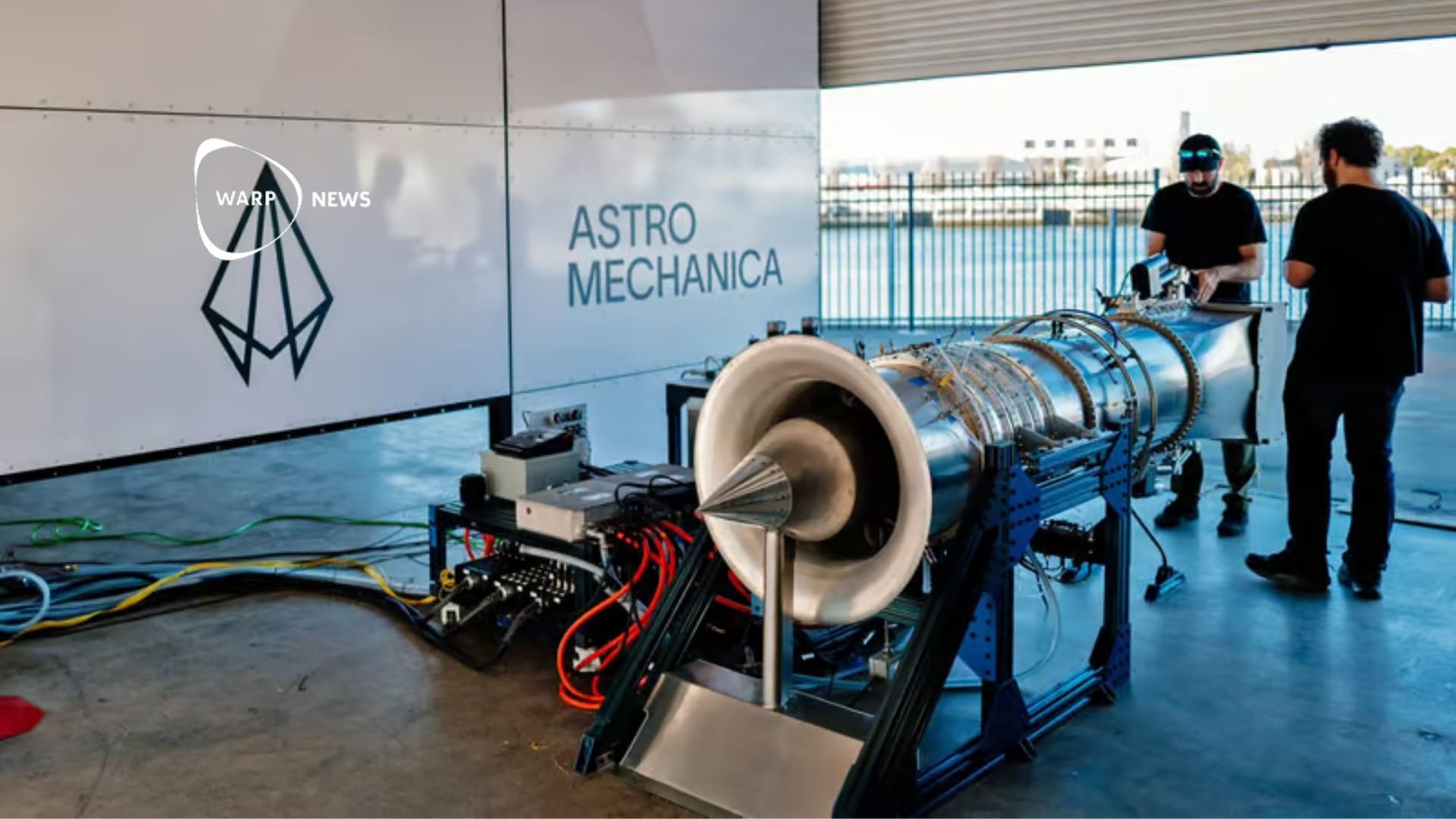
🤿 Divers plant seagrass
Underwater gardeners are hand-planting seagrass on the bottom of the ocean in Denmark in order to regenerate the once lush beds that covered the seafloor.
Share this story!
At Vejle Fjord, on Jutland’s east coast, an approximate of 90% of its underwater seabeds have been lost during the last 30 years. A five-year project run by University of Southern Denmark (SDU) has volunteer divers restore the seagrass beds and by doing so, also restoring the wildlife that lived there once.
“The eelgrass, or the seagrass, is fundamental to life in Vejle Fjord and our inner seas in Denmark," explains Mads Fjeldsoe Christensen, a biologist and project manager from local authority Vejle Kommune. "It's like a nursery for the small fishes. It's like the forests of the sea."
Seagrass is essential for marine habitats and is also a very good carbon dioxide sink. According to Euronews.green, more than 70 species of seagrass are among the most poorly protected species and they make up many of the world’s coastal habitats.
Due to many different threats the seagrass meadows have declined roughly 7% annually since the 1990’s. The project in Denmark is the first of its kind and it has been up and running for three years. They are trying to restore the seagrass meadows by planting seagrass shoots individually by hand.
The team takes grass from already existing beds and then they wrap individual shoots around a degradable iron nail onshore. This makes it easy for the divers to pin them to the sea floor.
Euronews.green writes that the project is seeing results already. In another fjord nearby the Vejle Fjord a similar project has seen plant density grow 70 times higher and fields with transplants extended by approximately 30% in just a little over two years.
By becoming a premium supporter, you help in the creation and sharing of fact-based optimistic news all over the world.


